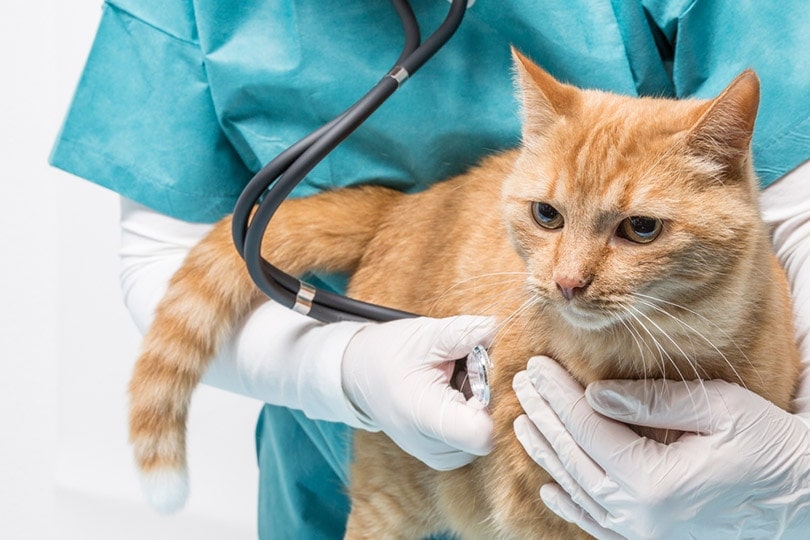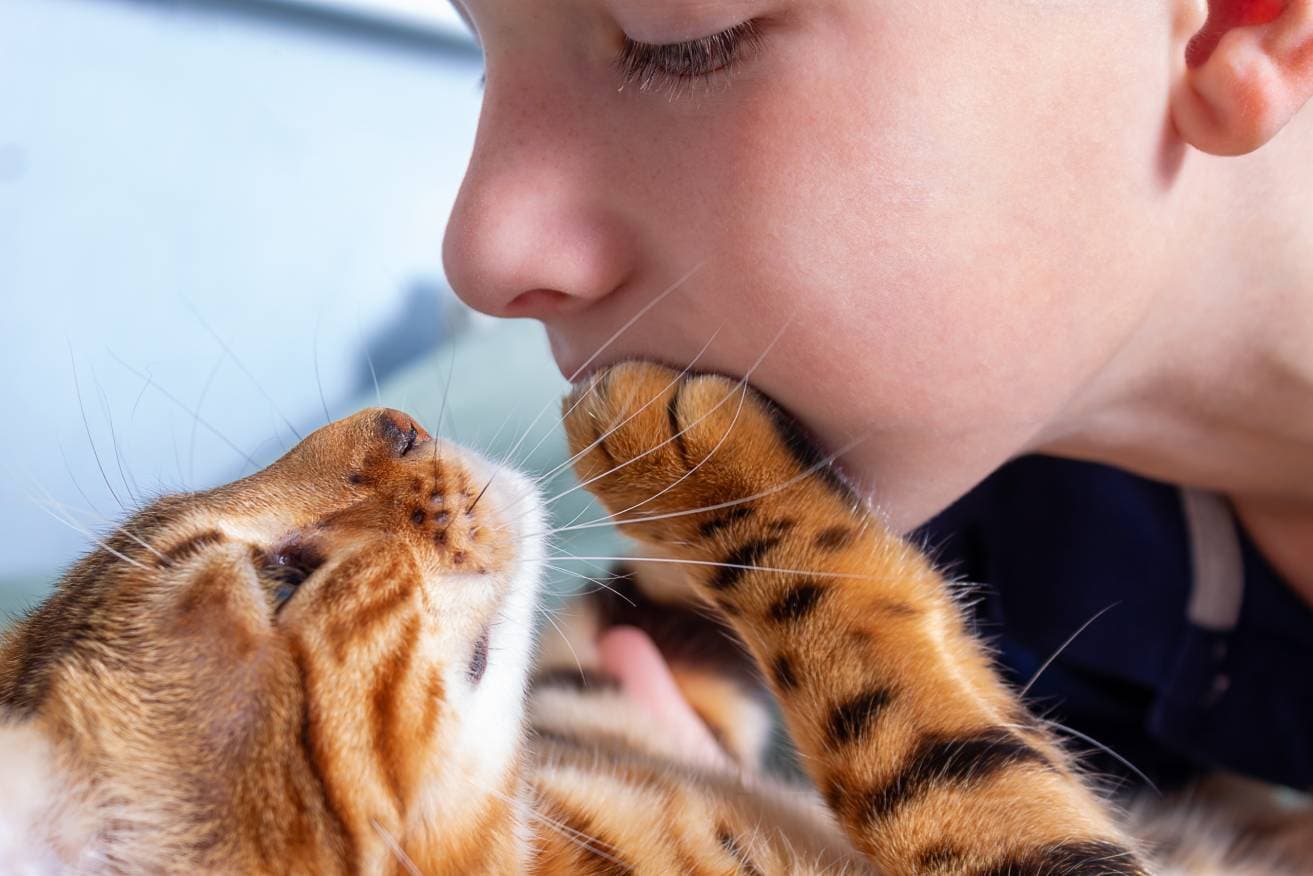Crossing the Rainbow Bridge: Meaning & Coping Advice
By Ashley Bates
Updated on

Sharing our lives with our pets is arguably one of the best experiences we can have as human beings. If you’re a pet person, you know that your animal is just like a family member to you. However, most of them have to say goodbye way too early.
If you have heard the expression “Cross the Rainbow Bridge,” we are here to explain exactly what that means and how we can manage our lives after the loss of our pets.
The Meaning of the Rainbow Bridge
The Rainbow Bridge is defined in the Cambridge Dictionary as “an imaginary, very pleasant place where a pet is believed to go after it dies, and where its owner hopes to see it again when they die.”
That is why many people use the term “cross the rainbow bridge” about their pet passing. It is a comforting thought to believe that you will be reunited with your pets one day, regardless of the accuracy or realism of this place.
Losing your pet is one of the hardest things you will ever go through, comparable to losing a family member. It is even proven that some love dogs more than people. We grow extremely attached to our animals, and losing them forever can be debilitating for many people.
The concept of crossing the Rainbow Bridge can keep the spirit of a pet alive long after they’ve passed.
Losing a Beloved Pet
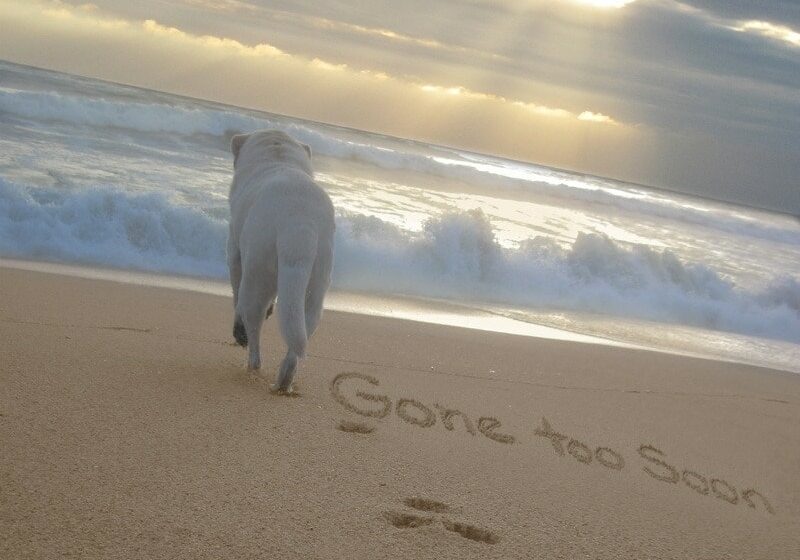
Grief has no boundaries. It will hit us relentlessly and without warning. Loss is a natural part of life, but it hurts no less when it finds us. Our pets are some of the most meaningful, loving entities we can share this life with.
When you lose a pet, whether it was unexpected or otherwise, it can create immeasurable grief. Often, people feel very isolated and alone during this time, as if friends and family members can’t understand, and feel as if no one is sharing their pain.
But even science shows that the loss of a pet can bring on extreme heartache, so your pain is valid; we see you, and we completely empathize with your loss. Anyone who has lost a pet can contest the anguish that comes with it.
Making a Decision to Put a Pet to Sleep
Making the final decision to put your pet to sleep (euthanization) is a grueling crossroads. If you ever get here, weighing out the benefits of ending your pet’s suffering can feel overwhelming.
However, ultimately, we all want what’s best for our pets, and often, continued suffering is not the solution. If you’re wrestling with pinpointing the right time, here are some factors to consider.
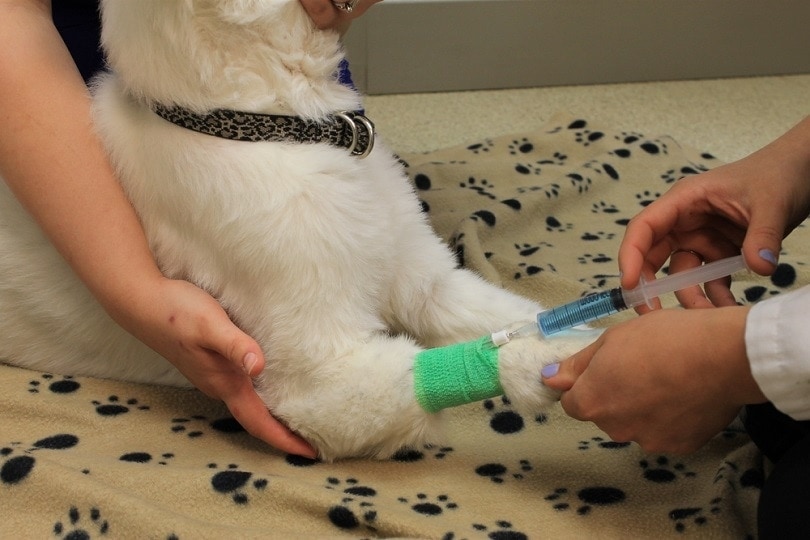
Activity Level
Slowing up is a natural part of aging. Just because a dog can’t get around like it used to doesn’t mean it’s the end of the line. However, if they are less and less mobile, and moving causes them much more pain, and suffering than benefit; it might mean the time is nearing for you to decide.
Overall Health
Some health conditions develop in dogs as they age. Many of these can be completely manageable with the proper medications and lifestyle.
However, if your dog’s health is declining due to an irreversible condition, they might be suffering more than not. If your dog is better off, you can speak with your veterinarian about their professional opinion.
Pain and Suffering
Your dog can be in excruciating pain for a number of reasons. Anything from injury to severe illness can make life extremely difficult for them. If there is no silver lining insight, you might be faced with the painful choice of euthanasia.
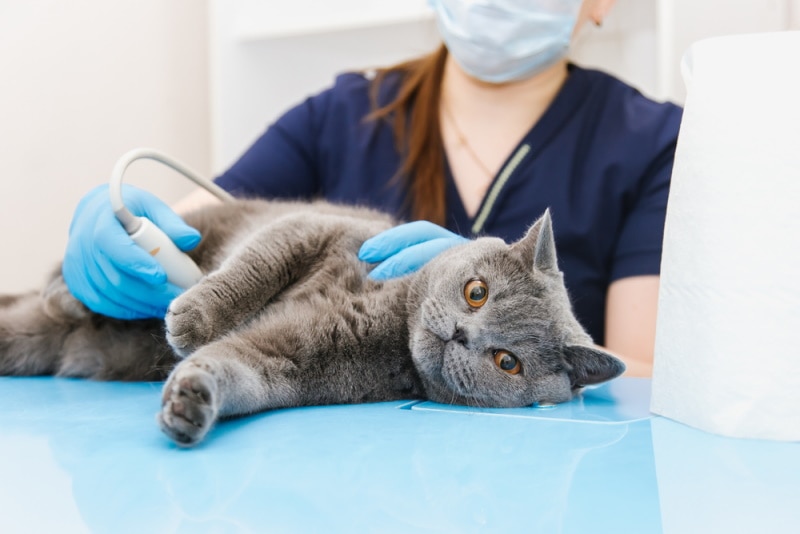
Your Feelings and Beliefs
Ultimately, you can look for all the physical and emotional signs that your dog is ready to move on, but only you can make the decision. This can be extremely difficult for the person that’s the closest to the situation.
Take some time. Talk to your family. Get reassurance from a professional that you’re making the right choice. Many folks say that they just know when the right time comes. So, don’t be afraid to listen to your intuition.
How to Prepare for Euthanasia Day
Preparing for euthanasia day is not going to be easy. However, there are necessary steps you need to take to get things in order. The more prepared you are for the day, the less hassle you’re going to run into after the process.
You will certainly want to make the process as seamless as possible for you and your family. This will be a time of great grief and suffering with a lot of high emotions. Having something unexpected pop up or not getting a question answered promptly can lead to more upset.
Here are some key areas to look at.
Decide If You Will Be Present
You must decide whether you want to be present or not. This will depend entirely on how you process the dying process and what you can handle. We are going to explain both of these situations so you can get a firm understanding of what each one entails.
If you are with your pet, you need to understand that you will be watching them slowly die. Any pet would be much more comforted knowing their family member is beside them. Having them be comforted in this way makes many people set aside their own emotions to be there for their pets.
However, if you’re going to be frantic and your nerves are up, remember that your pets can also sense this beforehand. The energy might create more unnecessary tension and anxiety than necessary.
Many vets and other veterinary professionals recommend the closure of being with the pet. Often, they say that pets will look for their pet parents when they leave. Being with your pet will ensure that you can soothe and comfort them during their last moments.
If you leave the room, just know that you won’t have to experience any of the loss of life directly. Because it can be so painful, many people leave the room to avoid seeing their pet for the last time in such a traumatic fashion.
Everyone handles death and dying differently, whether it be our pets or the people in our family. Ultimately, only you can choose what is best for you and your animal. There is no wrong answer. So really try to decide the best avenue before you go in.

Speak to Your Vet
You’re going to have a lot of questions, period. Even if you’ve been through this process before, you might want to ask your veterinarian about all the ins and outs of euthanasia.
Every situation is different, so cover all your bases with the professional team before the process begins.
Pay in Advance
Euthanasia is going to cost a different amount depending on your particular veterinary clinic and the area you live. However, these are prices that are set beforehand.
You can always pay for the process before you go in to ease your pain and suffering and avoid any public display of emotion. That way, you aren’t stuck in a lobby full of watchful eyes as you try to maintain your composure during checkout.
Discuss Aftercare
After the fact, you will need to decide what to do with your pet’s remains. Veterinary clinics can dispose of your pet for you if you do not wish to take home any of the remains. However, often, people choose to have their pets cremated or taken home for burial.
This is an entirely personal decision between you and your family. If you choose to leave the pet, there might be additional fees associated with disposal. Again, these are questions you will want to discuss with your vet to ensure you know all the costs associated with each option.
What to Expect During Euthanasia
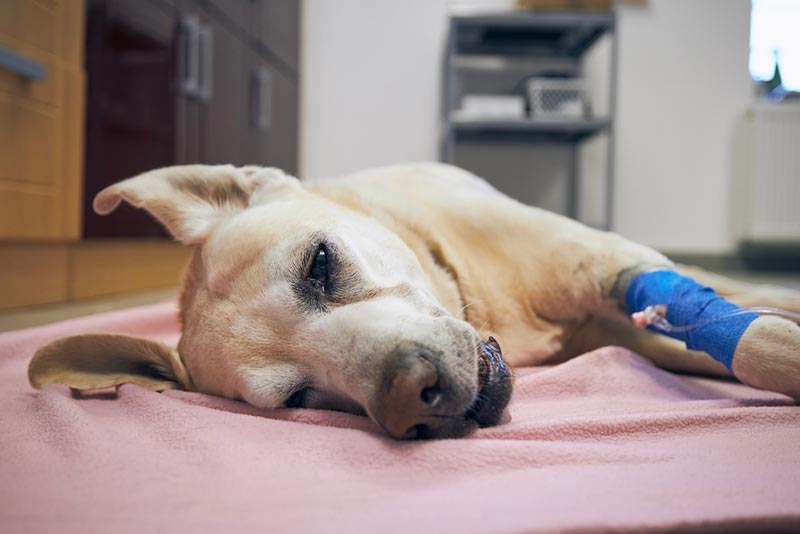
Euthanasia for dogs and cats involves euthanasia through intravenous means. Your pet will receive an injection to stop the heart. Often your vet will administer a sedative before the actual euthanasia solution. This will create a sense of relaxation for your pet to keep them calm.
Often it is best to say your goodbyes to your pet before any sedative is given in case your pet loses consciousness during the process.
Next, it’s time for the euthanasia process to begin. Your vet will distribute the drugs and appropriate doses for your pet’s body weight. Typically pentobarbital is the predominant ingredient, although phenytoin is sometimes used too.
Often vets will place an intravenous catheter into the pet and allow the injection to enter quickly. This process is painless, and it decreases any complication risks associated with the process.
What Happens After Euthanasia
Once the process is complete, your vet will confirm that the pet’s heart is no longer beating. This is an extremely emotional time, and all your vet’s office members know the drill. They will provide you with a safe environment so you can be alone with your pet for the last time.
Keep in mind that sometimes your pet might release bodily waste upon death. This is completely natural and happens due to the relaxation of bodily muscles. Another thing to be aware of is that pets’ eyes stay open after death.
Your pet might also experience muscle spasms and airway sounds during this time period. It is not indicative of your pet still being alive. This natural process occurs after death in both pets and people.
It is not easy to watch. So stay strong during this time and know that you are not alone.
The Grieving Process
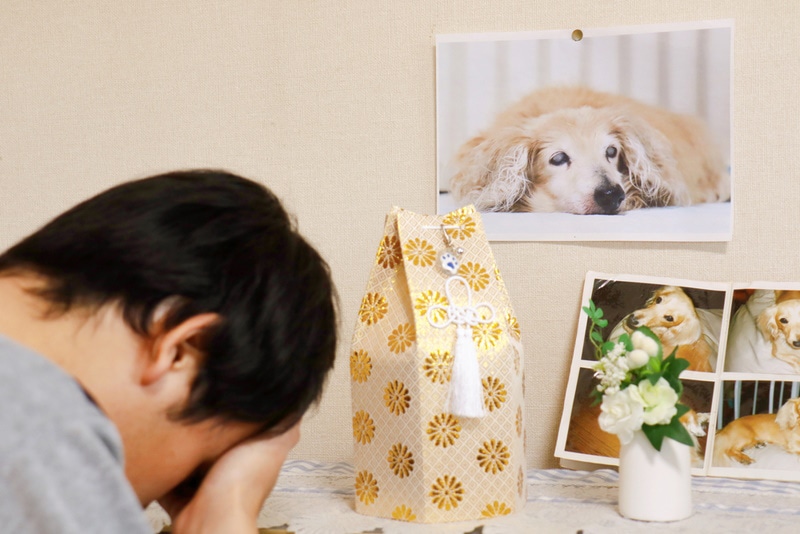
Most people in your life will experience the loss of a pet at some point or another. When you lose a pet, speaking to someone who understands this loss might be emotionally nurturing.
Sometimes it can feel like you’re very alone as you might hear things like, “It was just a dog,” or “People lose their cats all the time.” Ignore these insensitive comments and focus on getting support.
Take all the time you need. There is no one-size-fits-all answer when it comes to grief. All people process this differently, and some people are more attached to their pets than others. It will ultimately depend on how you as a person handle a loss.
Celebrating Your Pet’s Life
When you can pull yourself together, try to remember all the wonderful times you and your pet share. You can celebrate their existence and their impact on your life. Make a collage book, create a slideshow, or make a memorial somehow.
Do whatever you need to do to honor your pet. Even if you don’t bring home your pet’s ashes or bury them yourself, make a memorial for them so you can remember them.
You can take this time to be grateful.
- They were happy with you
- You shared a mutual bond
- They impacted you beyond belief
- You were there when they passed
- Your pet didn’t suffer
- You always did your best for them
When guilt emerges as part of the healing journey, you can remind yourself of all the good—because, in the end, that’s all that matters.
Conclusion
Pets simply make our lives better. From their constant companionship to those replaceable moments, they integrate into our lives in ways that we don’t expect. They can touch parts of our hearts and it can never be undone.
When you lose a pet, it is a grief that is very real—but so is the irreplaceable happiness you felt when you were with them. When they are ready to cross the Rainbow Bridge, it’s safe to believe they will be there waiting for you when it’s your time to go.
Related reads:
Featured Image Credit to: Zontica, Shutterstock


